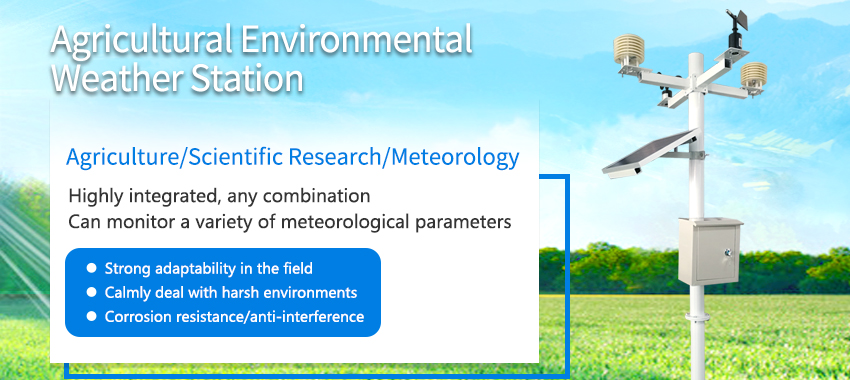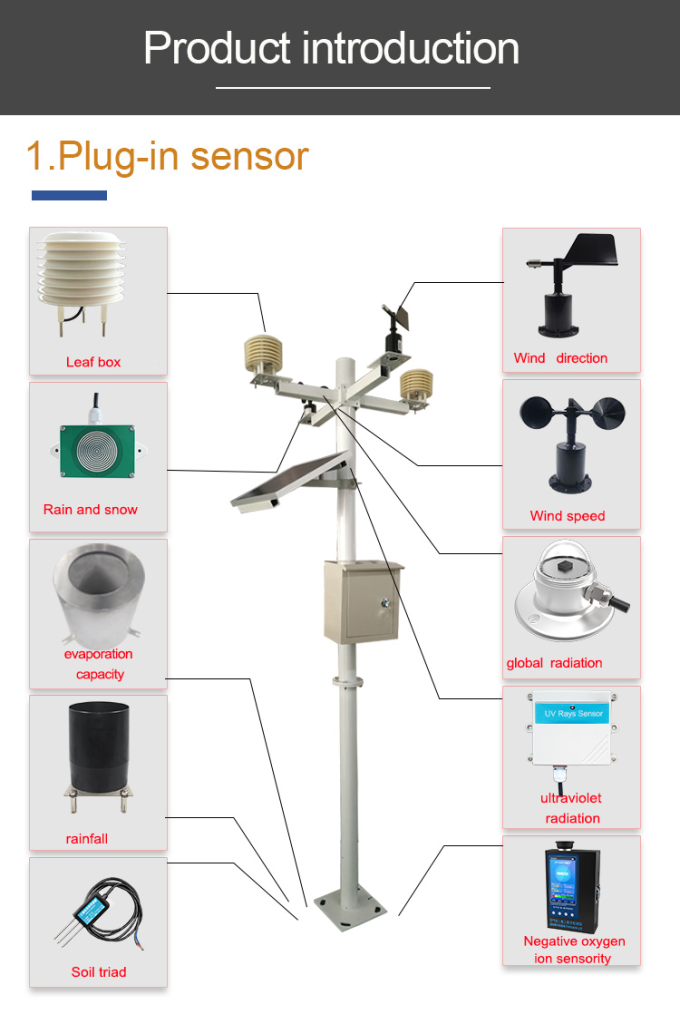Met stations, also known as weather stations, play a crucial role in providing real-time weather data and environmental information that are essential for sustainable agriculture. These stations are equipped with various sensors and instruments to measure parameters such as temperature, humidity, wind speed, and precipitation, enabling farmers to make informed decisions regarding crop management, irrigation, and pest control. This essay explores the significance of met stations in advancing sustainable agriculture, their impact on crop production, and the potential for future developments in weather monitoring technology.

Importance of Met Stations
Met stations serve as key sources of weather and climate data, offering valuable insights into local weather patterns, climate trends, and extreme weather events. By monitoring and analyzing meteorological data, farmers can anticipate weather-related risks, plan agricultural activities, and implement climate-resilient farming practices. The timely and accurate information provided by met stations is instrumental in mitigating the impact of weather variability on crop production and ensuring food security in the face of changing climatic conditions.
Role in Precision Agriculture
Precision agriculture relies on meteorological data to optimize farming operations and resource management. Met stations provide essential weather parameters that influence crop growth, soil moisture levels, and pest dynamics. By integrating meteorological information with precision farming technologies, such as satellite imagery and automated irrigation systems, farmers can tailor their agricultural practices to specific weather conditions, thereby maximizing yield potential and minimizing environmental impact. The data collected by met stations enables precision agriculture to enhance resource use efficiency and promote sustainable farming practices.

Impact on Crop Production The data collected by met stations directly impacts crop production by enabling farmers to make informed decisions. For instance, real-time temperature and humidity measurements help farmers determine optimal planting times, while wind speed and precipitation data inform irrigation scheduling and pest management strategies. By leveraging meteorological information, farmers can adjust their crop management practices to minimize yield losses due to weather-related factors, ultimately contributing to sustainable crop production. Met stations also facilitate the development of climate-smart agricultural practices that are resilient to climate change and variability.
Technological Advancements in Weather Monitoring

The advancement of technology has led to the development of sophisticated weather monitoring systems, including remote sensing, unmanned aerial vehicles (UAVs), and satellite-based meteorological platforms. These innovations complement the capabilities of traditional met stations by providing high-resolution, spatially explicit weather data that can be used to monitor large agricultural areas and support decision-making at a finer scale. Furthermore, the integration of weather forecasting models with meteorological data enhances the predictive capabilities of met station, enabling farmers to anticipate weather patterns and optimize their farming strategies accordingly.
Challenges and Future Developments
Despite the significant contributions of met station to sustainable agriculture, challenges such as data accuracy, sensor calibration, and infrastructure maintenance persist. Future developments in weather monitoring technology will focus on improving the accuracy and reliability of meteorological data, enhancing data accessibility for farmers, and integrating weather information with decision support systems. Additionally, the adoption of Internet of Things (IoT) technology and big data analytics holds promise for advancing the capabilities of met station and enabling real-time, data-driven agricultural decision-making.
Conclusion
In conclusion, meteorological stations are indispensable tools for advancing sustainable agriculture by providing critical weather and environmental data for informed decision-making. The integration of meteorological information with precision agriculture practices has the potential to optimize crop production, conserve natural resources, and mitigate the impact of climate variability on agricultural systems. As technology continues to evolve, met station will play a pivotal role in promoting climate-resilient farming practices and ensuring food security in a changing climate.
